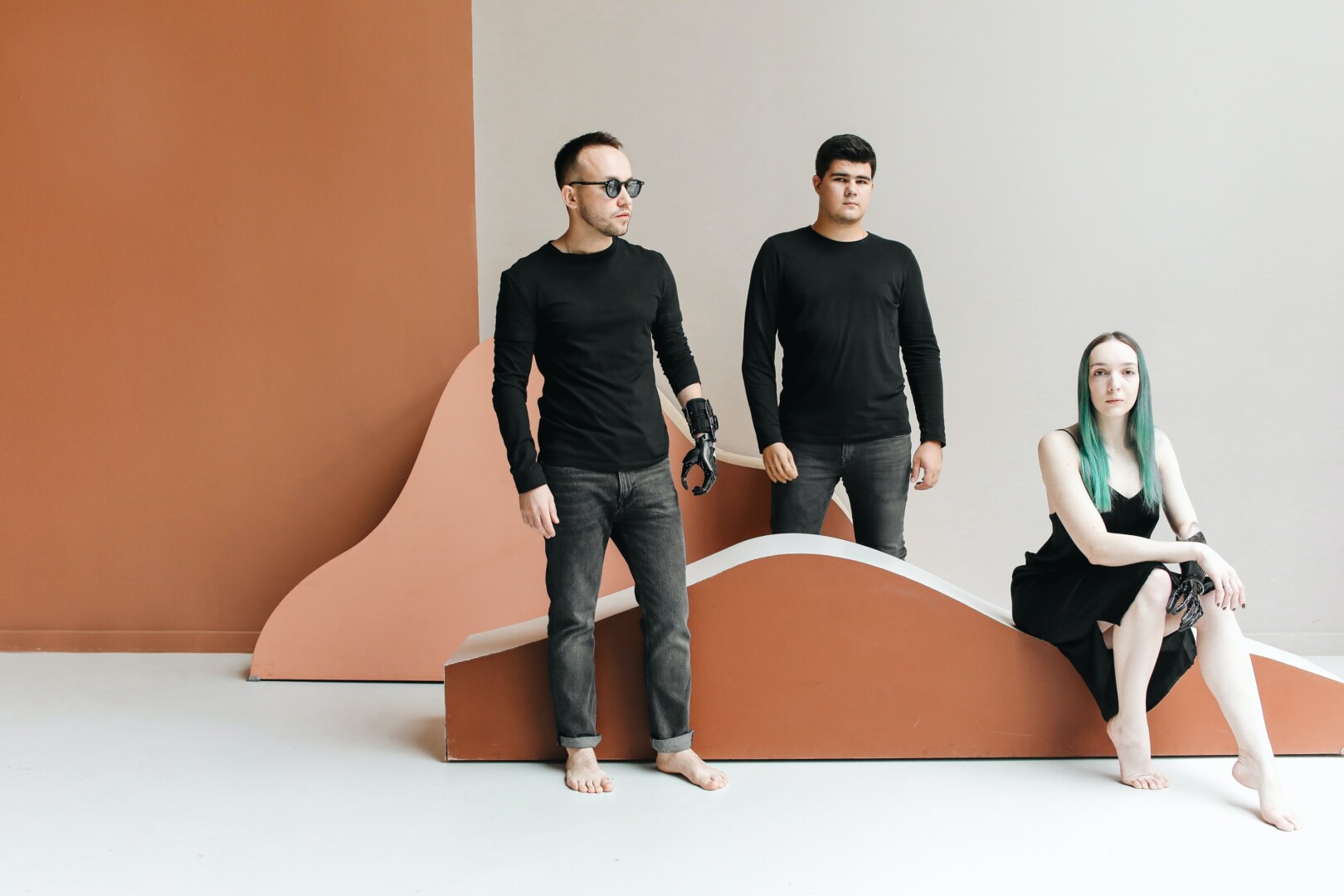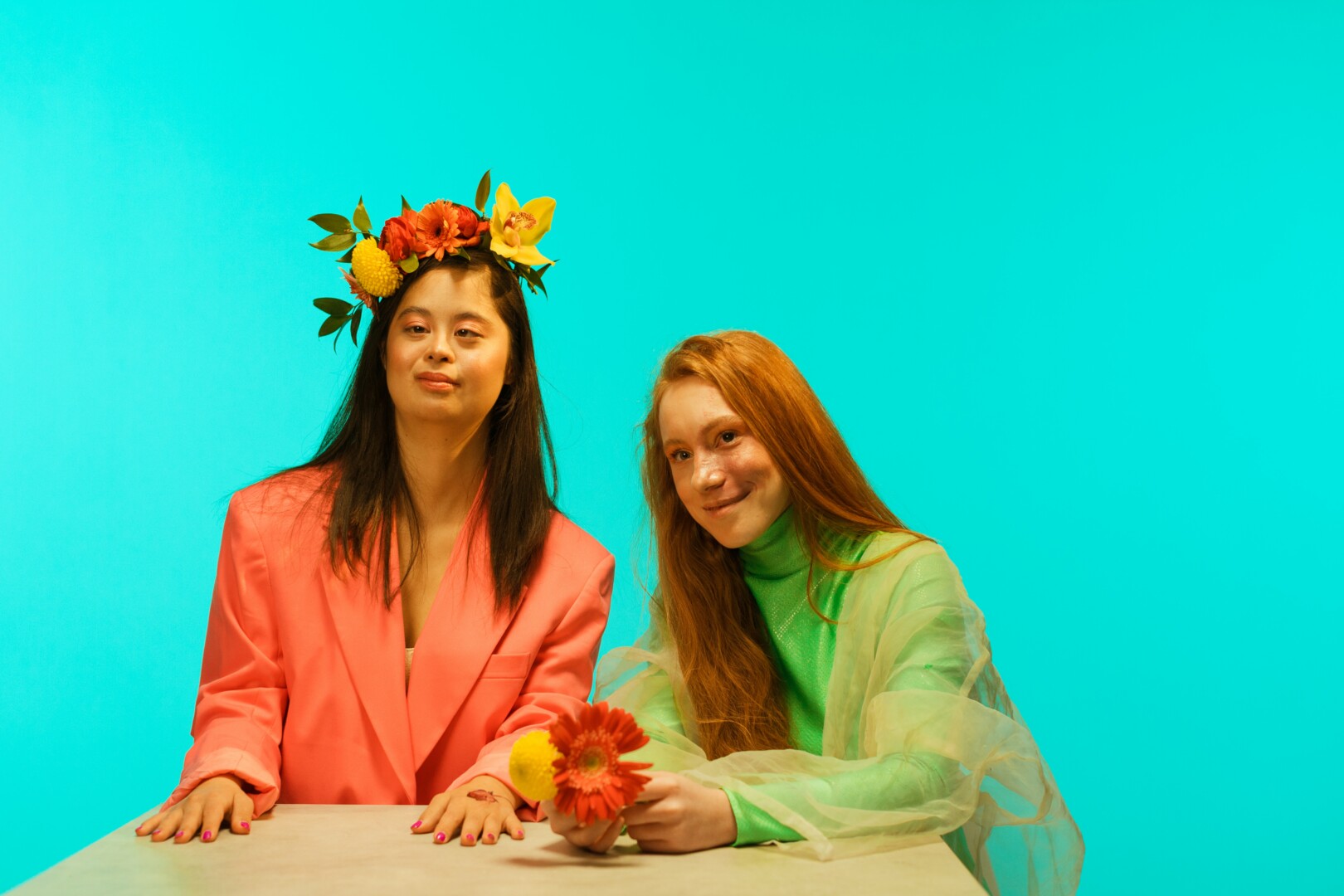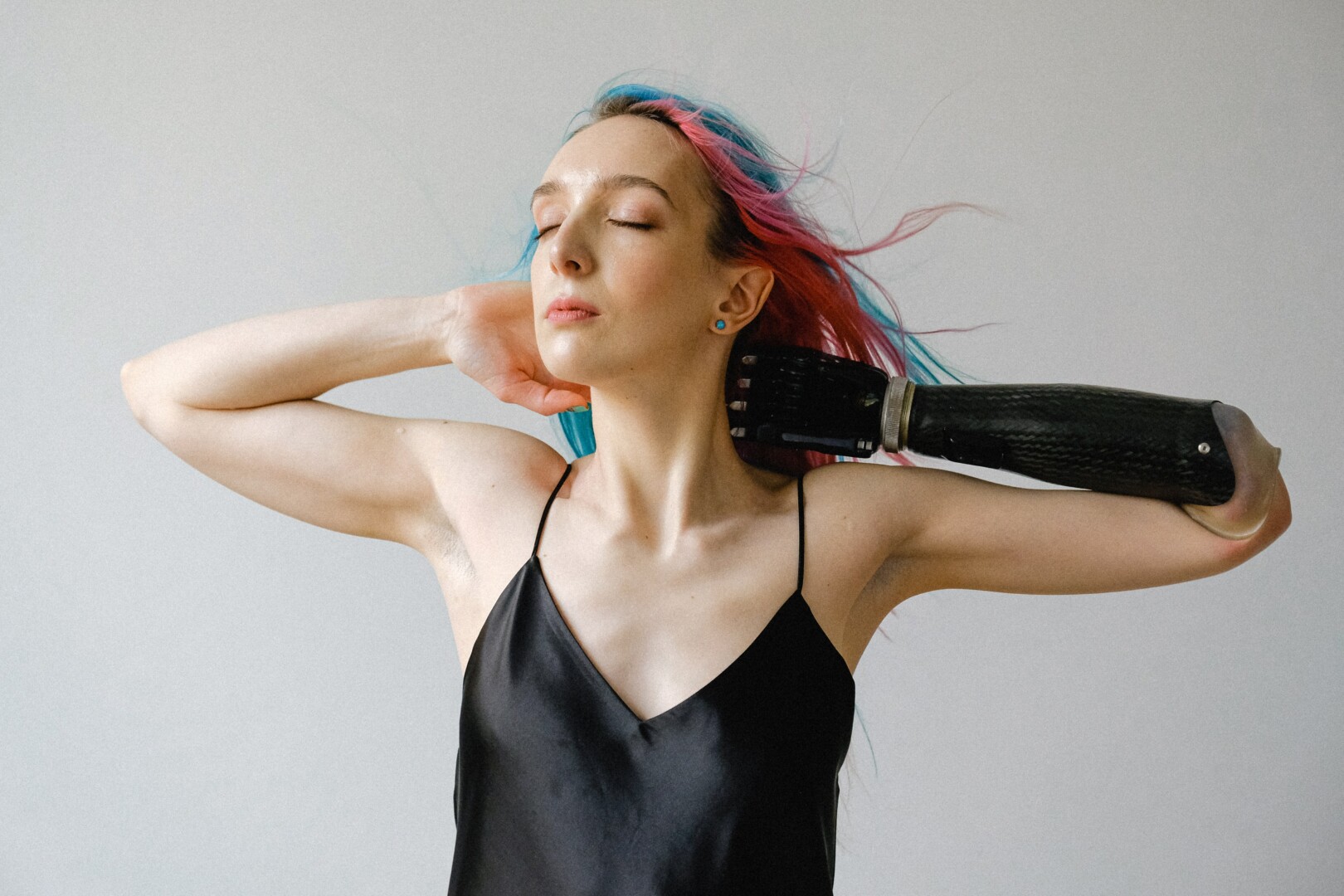The concept of accessible beauty has been taking action in recent years, we must learn that beauty for all is an absolute must in modern society.

Shopping with a disability is a challenge, but for us able-bodied people, we do not see it and tend to be unaware of the privileges that we have. The simple task of just going out, trying new products, and then returning home with the said product can be taken for granted as we do not see the freedom that we have over others.
People with disabilities don’t have such luxuries, they only have to work with what they have on hand, and chances are those opportunities that they have is even more scarce due to the fact that we always put them on the back of our minds most of the time as a last-minute thought. This is the reason why beauty brands are thriving to be more inclusive and accessible to the general public because all of us deserve to be beautiful, deserves to look good, and feel good at the same time, but the most important reason of all deserves to be able to freely express ourselves without any boundaries holding us back.

While many beauty and cosmetic brands are aiming to be more inclusive of their customers and undergoing some drastic changes to change for the better (shade range expansion, improved store space for brands owned by people of color, and better marketing representation overall), people with disabilities voices are heard. The beauty industry is finally making and adjusting its products to fit everyone’s needs, more and more products are being made with this intention in mind.
One of the biggest challenges is their products need to be universally designed, universal design is the design of buildings, products, or environments that are accessible and do not discriminate against a wide range of people with disabilities, and abilities, regardless of age and gender identity. Beauty brands shouldn’t exactly sacrifice beauty over comfort, but they have to be mindful of the consumers and the product that they made. Small changes can make big impacts, they do not know much this can benefit not only people with disabilities but a much wider audience as well.
Another feature that beauty and cosmetic companies need to add to their products is tactile symbols use across all of their lines. For the visually impaired, they do not have the same mobility as ordinary folks, adding tactile symbols can immensely help them differentiate between products and can help both the people that can and can’t read Braille from the blind community.

The big question is “Why are we doing this now?” It’s already difficult for marginalized groups to speak up and let their voices be heard in the past, with social media being more accessible to the majority of people in the world, people with disabilities are given a platform so they can share their experiences and spread awareness to the hardships they face on a regular basis. This brings attention and forces us to directly look at the situation, it is definitely not a subject we are always comfortable talking about, but it makes us think of the solution to solve the problem and no longer be in denial about it anymore.
In addition, we can also sit back and watch big beauty brands approaching this situation. Consumers can obviously see the companies that are first in the race and actually care and put much thought into their products, and the brands that are last in the race and a little too snobby to change and adapt to the status quo.

